
Investigators at Mount Sinai report that ocular cells may be infected directly by the virus, with the limbus especially susceptible.

Investigators at Mount Sinai report that ocular cells may be infected directly by the virus, with the limbus especially susceptible.

Experts discuss durability of action and atrophy inhibitor among primary treatment goals.

According to investigators, understanding the ocular manifestations in patients with COVID-19 could ultimately help with the diagnosis and prevent transmission.

Mark Pennesi, MD, PhD, reports during ARVO 2021 that preliminary results have shown that AGTC-401 and AGTC-402 seem safe and well tolerated in patients with ACHM.

Investigators examine the demographic, refractive, PRO data measure.
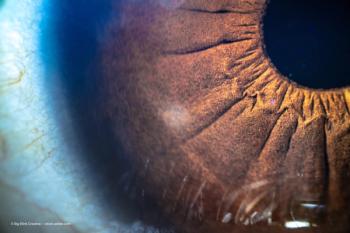
Observation over the long term is needed to determine treatment efficacy.
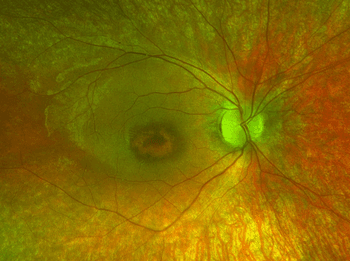
Friederike Kortuem, MD, MSc, discusses how treatment with voretigene neparvovec-rzyl led to a short-term change in the foveal morphology in a patient with visual impairment that included nyctalopia and decreased visual acuity in early childhood.

Worldwide increase in technologies for ophthalmic use is dramatic.

Joseph Grieco, PhD, notes that treatment fills a gap for patients who are unresponsive to the standard treatments for noninfectious keratitis.

Ophthalmologist details his preferred technique to avoid complications during procedure.
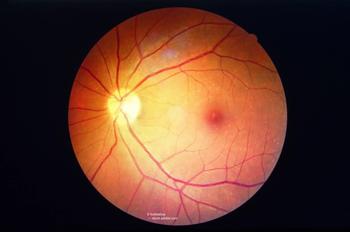
According to Lloyd Paul Aiello, MD, PhD, a key hurdle for diabetic retinopathy is the lack of patient awareness, which is a substantial contributor to non-adherence to eye care guidelines and poor outcomes.

Investigators use an adeno-associated viral vector in a clinical trial to deliver a normal functioning copy of the RPGR gene via subretinal injection.
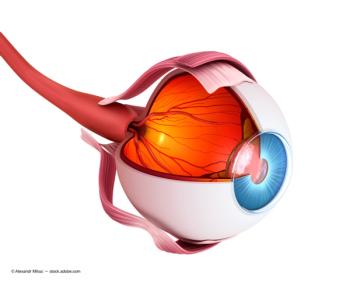
IOP-controlling protein in the trabecular meshwork may get the fluid moving.

A non-viral gene therapy sustained drug-delivery product that delivers anti-VEGF to the eye may replace the need for repeated intravitreal anti-VEGF injections and improve vision in patients diagnosed with wet AMD.

Logan Vander Woude, DO, MPH, examines research on improved resolution of symptomatic vitreomacular traction as an attempt to further refine the potential factors predictive of better outcomes.

Robyn Guymer, PhD, MBBS, highlights the latest trial results for faricimab, the first bispecific antibody designed for intraocular use in treating patients with neovascular age-related macular degeneration.

Approach can unravel causes in MYOC and TBK1 glaucoma.

Bryce Buchowicz, MD, outlines roadblocks to timely diagnosis of central retinal artery occlusion and treatment with tissue plasminogen activator.

During ARVO 2021, Sunil Srivastava, MD, points out that optical coherence tomography characteristics may be predictive of the efficacy of the injections.

At ARVO’s 2021 virtual annual meeting, John Wells, MD, presents efficacy, durability, and safety findings from the phase 3 YOSEMITE and RHINE trials.

According to Jessica Liu, patients with BRVO or CRVO with any lapse in treatment of 3 months or longer are at risk for poorer outcomes.
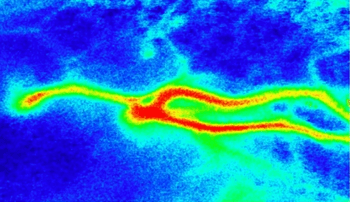
Investigators found that non-invasive ocular blood flow measurement using laser speckle flowgraphy may be a new indicator of shock-related organ damage.

Investigators review changes in ocular anterior segment blood flow and temperature after treatment of patients with meibomian gland dysfunction.

Surgeons learn that timing is everything when using technology.

Clues to dangerous etiologies include pain and positive imaging findings.

Preexisting neutralizing antibodies associated with the inflammatory changes.
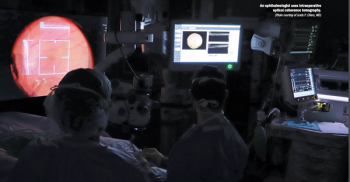
Advances in integrative technology enable a transition to the operating room.
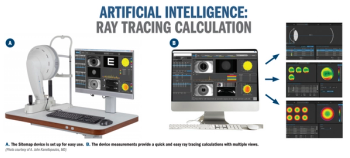
Novel technique provides another option for normal and irregular corneas.

Fluocinolone acetonide implant for DME benefits visual acuity.
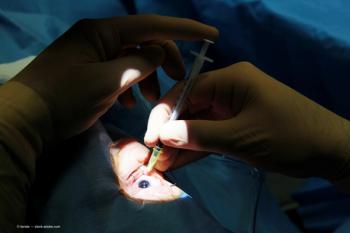
Injections, implants continue to create further positive outcomes for patients.